Echinacea Profile
Written by admin
Nov 03 2020
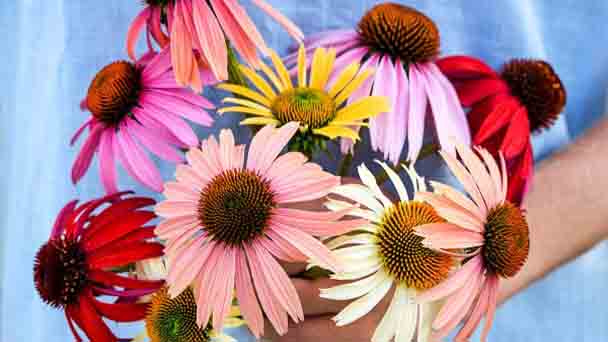
Echinacea is a perennial herbaceous plant of the genus Echinacea in the Compositae family. It is 50-150 cm tall, the whole plant has coarse hairs and the stem is erect. The leaf margin of Echinacea is serrated. The basal leaves are 90-shaped or triangular, the stem leaves are 90-lanceolate, and the base of the petiole slightly embraces the stem. Flower heads, solitary or mostly clustered at the top, the flowers are large, up to 10 cm in diameter: the center of the flower is convex and spherical, and the ball is a tubular flower, orange-yellow. The seeds of Echinacea are light brown with hard skin. Flowering in summer and autumn.
Echinacea morphological characteristicsEchinacea growth habit and growing environment and distributionEchinacea efficacy and roleThe medicinal value of echinaceaThe ornamental value of EchinaceaEchinacea cultivationNurserySeeding of echinacea
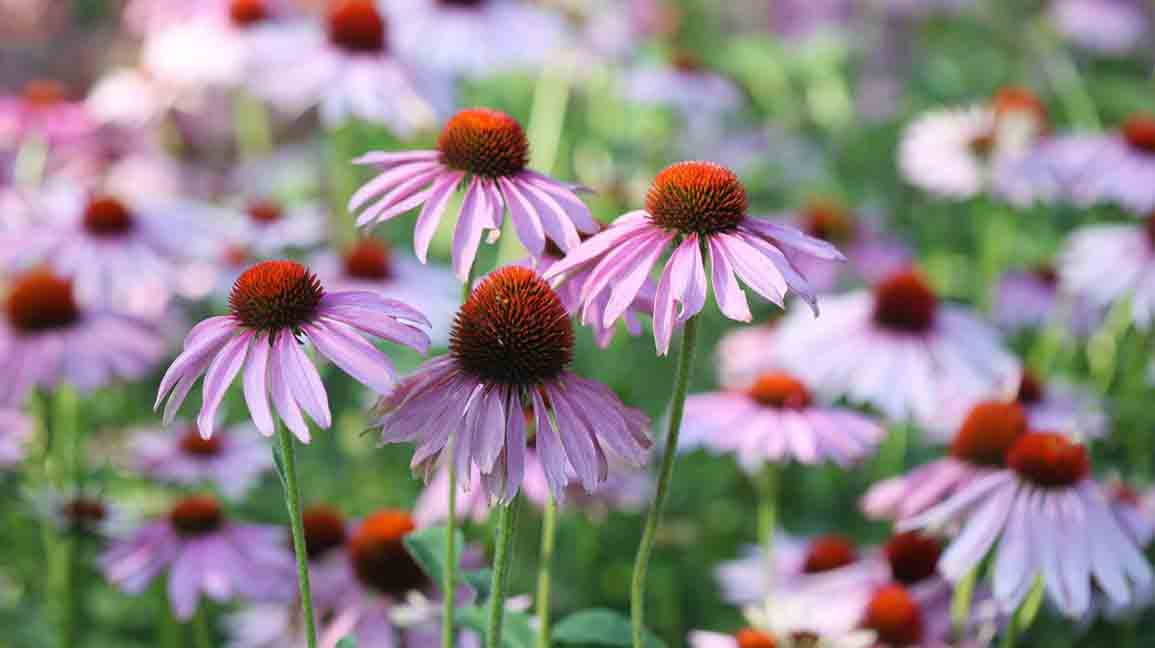
Echinacea morphological characteristics
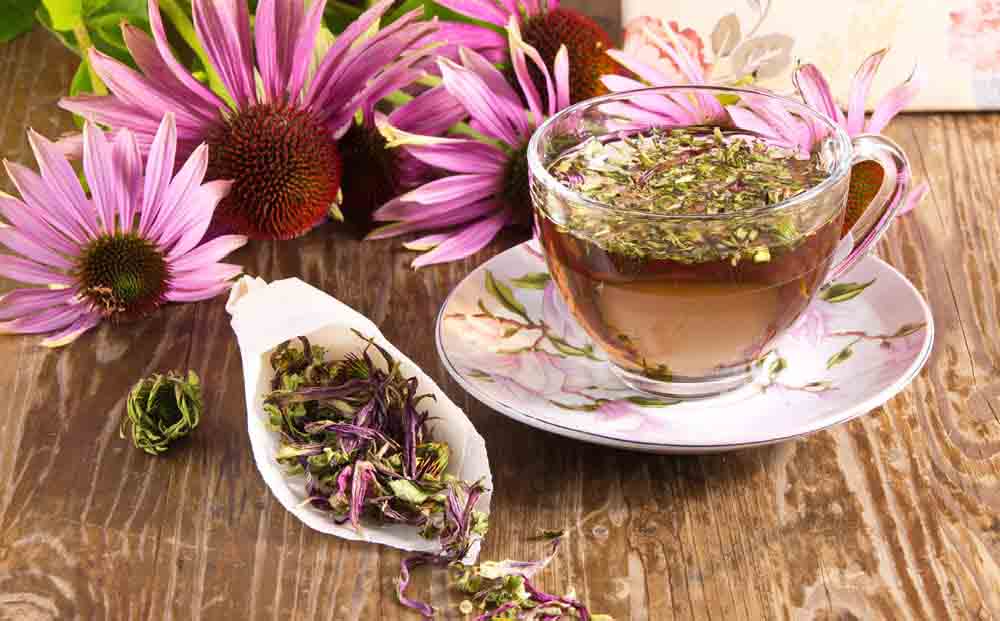
Echinacea growth habit and growing environment and distribution
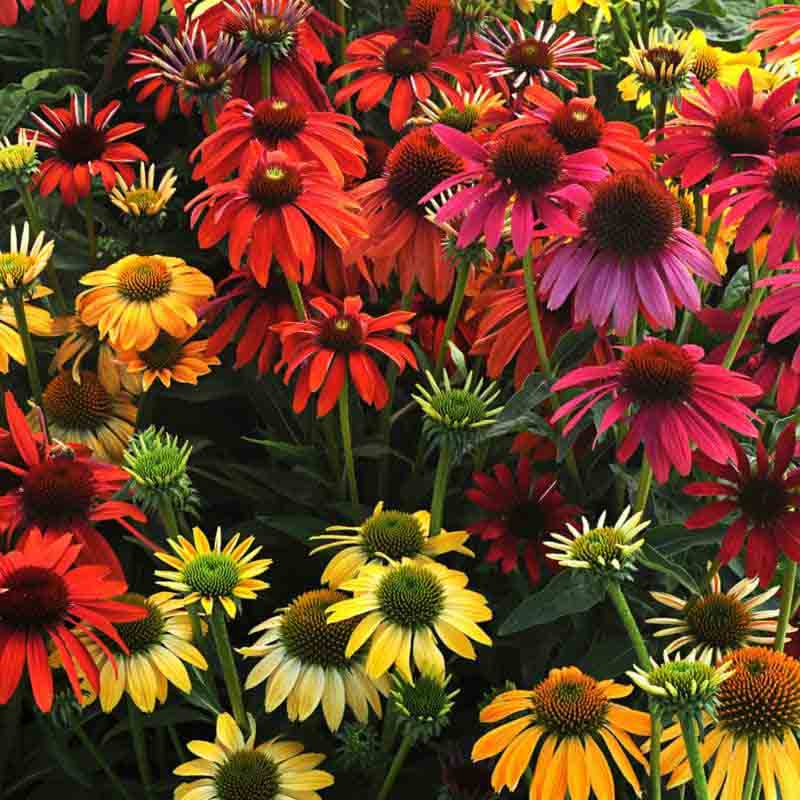
Echinacea efficacy and role
The medicinal value of echinacea
Echinacea can be used for medicinal purposes and contains a variety of active ingredients, which can stimulate the vitality of immune cells such as white blood cells in the human body, and has the effect of enhancing immunity. It can also be used to assist in the treatment of colds, coughs and upper respiratory tract infections. Chemical analysis shows that it contains at least three major types of active ingredients, and because of its ability to inhibit microorganisms and bacteria, it can also be used to treat skin diseases, candidiasis, and herpes simplex virus.The ornamental value of Echinacea
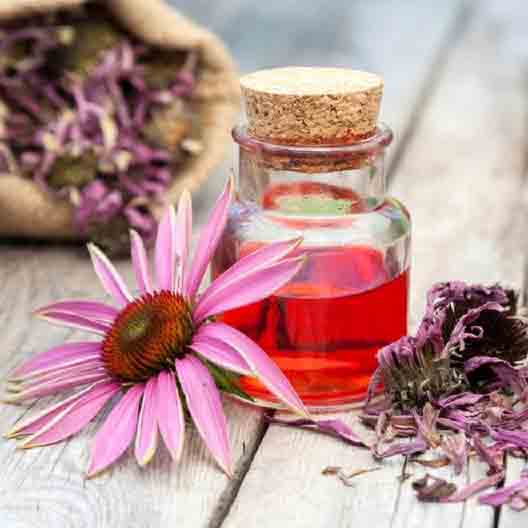
Echinacea cultivation
Nursery
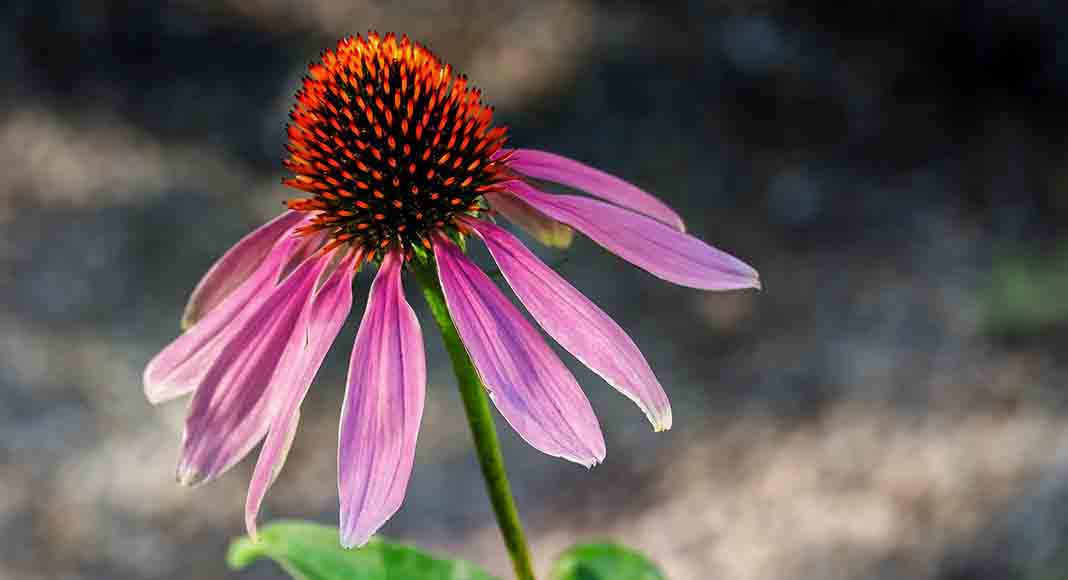
Seeding of echinacea
The seeds of echinacea are treated at low temperatures for 12 weeks, and the germination is accelerated in warm water for 2-3 hours. The echinacea seeding amount per mu is 250 grams, and the wet sand is mixed well. Spread the echinacea seeds evenly on the seedbed and cover it with 0.5 cm thick sieved fine soil to keep the seedbed moist and cover it with a film. It can be sown in spring in April or in autumn from September to October to meet the temperature required for germination of Echinacea seeds in different seedling areas. Generally, the germination time of echinacea after sowing is 7-14 days. After sowing echinacea, depending on the weather, cover grass and water to keep the seedbed moist, otherwise, it will prolong the germination time and reduce the germination rate. To make the echinacea seedlings adapt to the environment after they are planted in the field and shorten the slow seedling period, the seedlings must be tempered before transplanting, generally 5-7 days. You’d better select echinacea seedlings that grow well, have no pests and diseases, complete roots, and more than 80% true leaves reaching 3-4 pieces for transplanting.Latest Updated
- Benefits of Bugleweed - 7 Science-backed Health Benefits
- Bugleweed Dangers & Side Effects - Is It Poisonous?
- How to Plant Evergreen Trees - What You Should Know
- When to Plant Evergreens - Grow Guide for Evergreen Trees
- 12 Wonderful Evergreen Shrubs for Your Garden
- 12 Popular Evergreen Plants with Pictures for Beginners
- When And How To Prune A Lilac Bush Like a Pro
- How to Grow & Care for Lilac Vine (Hardenbergia Violacea)
- Japanese Lilac Tree (Syringa Reticulata) Care & Propagation Guide
- Shumard Oak Pros and Cons - What to Know
Popular Articles
- Winter maintenance of Antirrhinum Majus
- How to Grow Terminalia Mantaly Tree
- How to Grow and Care for Crossostephium Chinense
- How to grow Antirrhinum Majus in spring
- Peristeria Elata (Dove Orchid) Profile: Info & Care Guide
- Underwatered Snake Plant (Sansevieria Trifasciata) - Signs And How To Fix
- How to Care for Brazilian Jasmine Plant (Mandevilla Sanderi)
- How to Grow & Care for Graptopetalum Purple Delight in Summer
- Rosa Chinensis (China Rose): Plant Growing & Care Tips
- How to Care for Baby Sun Rose (Aptenia Cordifolia)